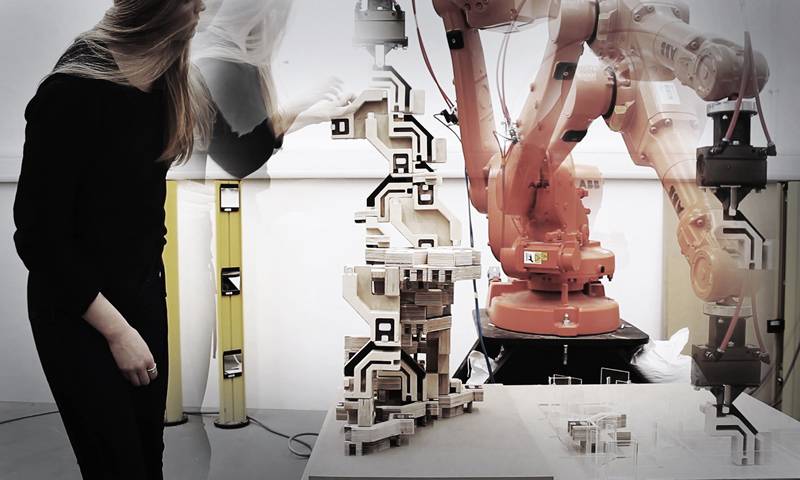Prospectives Lecture Series Autumn 2019
23 October 2019–27 November 2019, 1:00 pm–2:00 pm
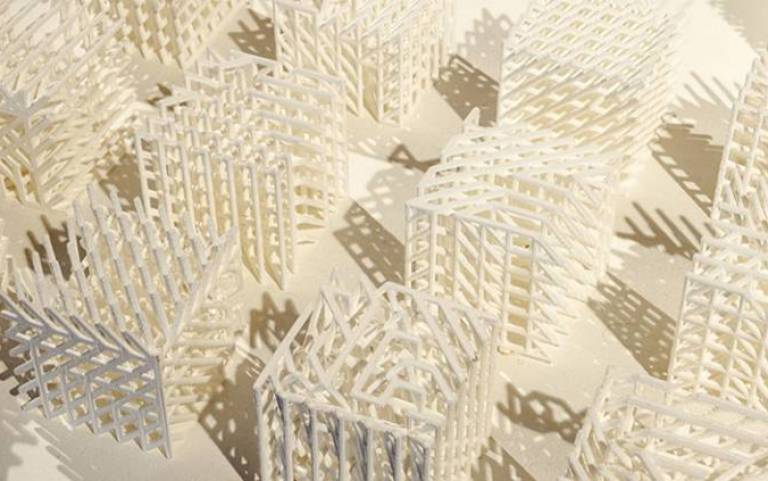
A B-Pro History and Theory lecture series, highly recommended for Architectural Design, Urban Design and Architectural Computation students as well as interested professionals.
Event Information
Open to
- All
Organiser
-
The Bartlett School of Architecture020 3108 7337
Location
-
1.0222 Gordon StreetLondonWC1H 0QBUnited Kingdom
About
The B-Pro Prospectives History and Theory Lecture Series offers a platform for presentation, discussion and theoretical reflection upon the links between digital thought, architecture, and urban design. This year's series of talks emphasise the key role computation plays within complex design synthesis and their cultural implications.
This series encourages and inspires the current student body and interested professionals, by creating conversations about topics addressing academia, practice and beyond as well as overall disciplinary concerns and frontiers.
B-Pro, or Bartlett Prospective, groups together five of the school's graduate programmes with a unique philosophy and shared approach to the future of design, architecture and the urban environment. The B-Pro Prospectives lecture series is organised by Roberto Bottazzi and Emmanouil Zaroukas.
Schedule
- 09 October | Philippe Morel
On Computationalism
Biography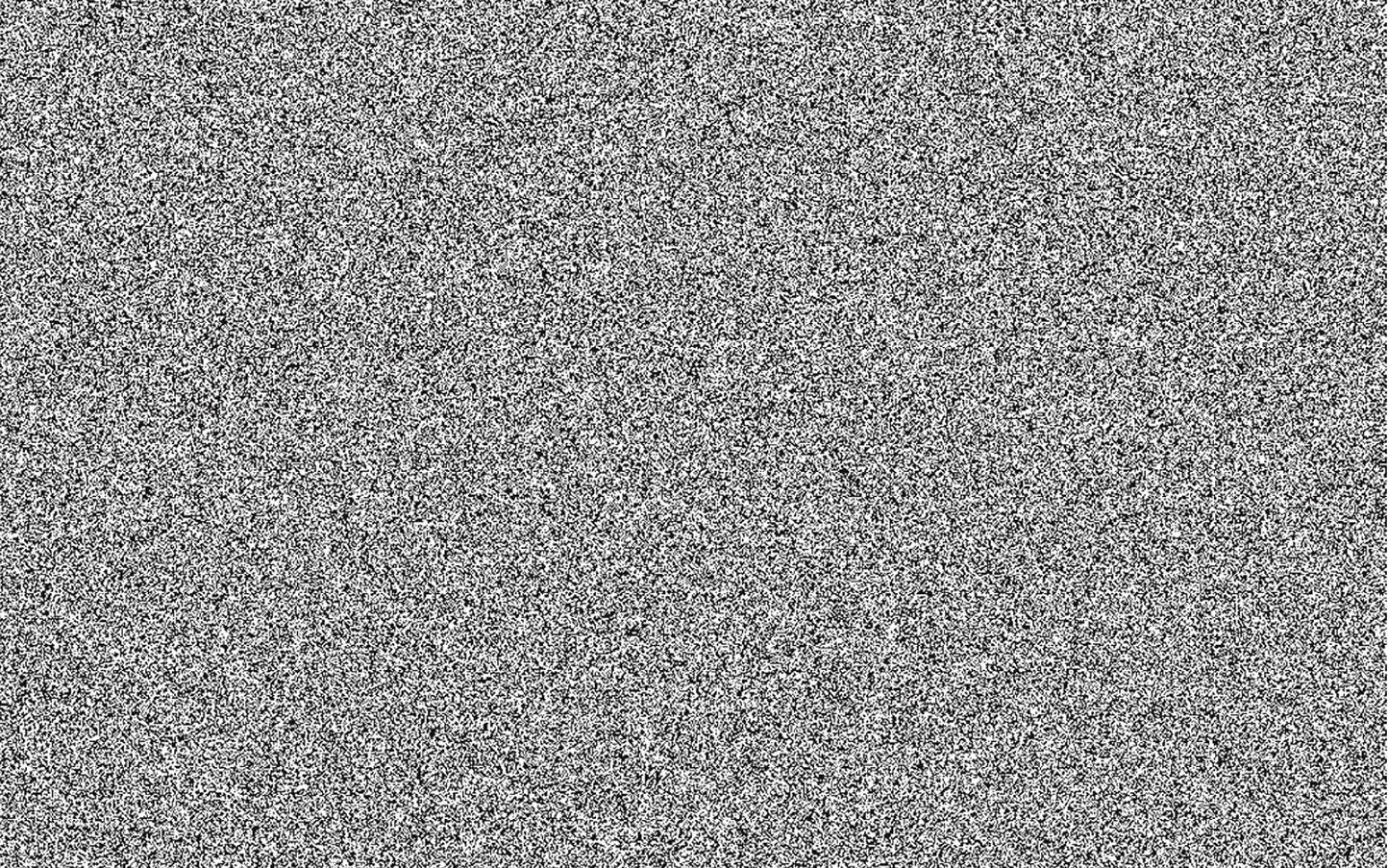
Philippe Morel is an architect and theorist, co-founder of EZCT (2000) and initiator and founding CEO of the large-scale 3D-printing corporation XtreeE (2015). He is currently an Associate Professor at the ENSA Paris-Malaquais (Digital Knowledge) and recently joined Urban Design MArch at The Bartlett (Research Cluster 11). Prior to this he taught at the Berlage Institute and at the AA. His interest in the elaboration of a theory of computational architecture is well expressed in his numerous essays, projects and lectures.
Image: Philippe Morel, Quantum Gray. © Philippe Morel, 2014.
- 23 October | Gabriele Gramelsberger
Algorithms, Design and New Forms/Objects
Abstract
Gabriele explores how computer-aided design has been transferred from architecture, engineering and design to scientific disciplines like biology and material sciences.
Biography
Gabriele Gramelsberger is Professor for Philosophy of Science and Technology at the Human Technology Center (humtc) at RWTH Aachen University. Her research focusses on the transformation of science into computational science, shifts in the logic of research, and on use of algorithms for designing new forms and objects.
Gabriele is currently leading the Computational Science Studies Lab at the RWTH, funded by the Ministry of Research of North-Rhine-Westphalia and the Stifterverband. She was principal investigator of several research projects, including the research group “Lifelike algorithms and cellular machines” (2009 – 2012) exploring the merging of information- and biotechnology and the role of CAD for biology.
- 30 October | William Latham
- Abstract
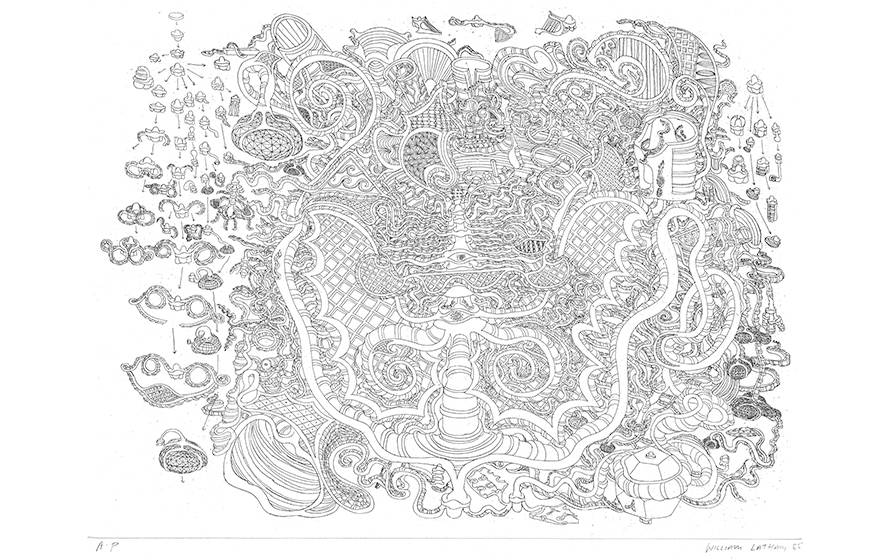
William discusses the history of his work, from his rule based “Constructivist style” drawings, to his FormSynth Evolutionary drawings and his work developing the FormGrow grammar and Mutator code with Stephen Todd at IBM in Winchester. He also explores his work in Rave Music, Cyberculture and computer games.
Biography
William Latham is Director and Co-Founder of SoftV Ltd (developing therapy Apps for the NHS) and a Director London Geometry Ltd. He is also an Associate Professor at the Institute of Neurology, UCL.
William is well known for his pioneering Organic Art created in the late eighties and early nineties whilst a Research Fellow at IBM in Winchester. He has also worked in Rave Music and compuer games development for ten years, where he created console and PC games published by Vivendi Universal, Microsoft and Warner Bros. In 2007 he became a Professor in Computing at Goldsmiths University of London with research projects in modelling and visualising DNA / RNA Structures and Virus structures.
Image: William Latham, Oriental Etching. FormSynth Series, 1990. Medium: etching on paper. © William Latham, 1990.
- 06 November | Malgorzata Starzynska
Architecture of Learning Algorithms
Abstract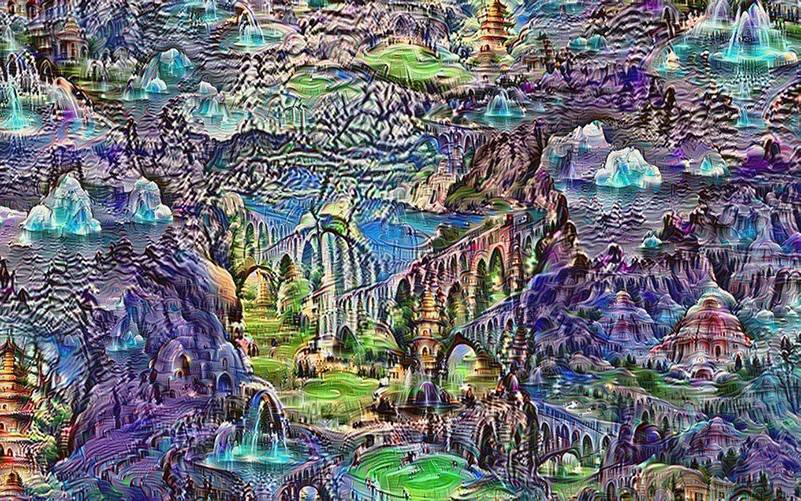
Malgorzata explores the latest advancements in AI, with a focus on machine vision, by discussing examples of existing machine learning projects ranging from Google’s DeepDream to generative work by artists such as the creative group Obvious.
Biography
Malgorzata Starzynska is an ARB architect, an artist, an educator, and a current PhD candidate at the Royal College of Art. Her research explores the transdisciplinary advancement in AI and applications of machine learning in 3D space recognition.
Malgorzata is currently practising at PRP Architects. She has previously worked in Zurich, Beijing and Poland as well as tutored at the University of Greenwich. She is also one of the founding members of an art collective Archive104 and her academic work has been exhibited at the 72nd World Science Fiction.
Image: Deep Dream, by Malgorzata Starzynska
- 20 November | Vahid Moosavi
Machine Learning Literacy for Engineers and Designers
Abstract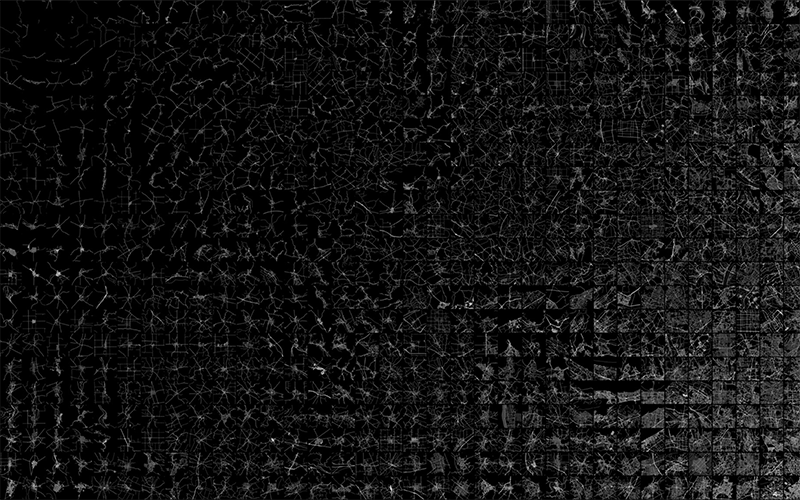
Vahid presents a range of projects from different fields such as structural design, planetary urban modeling and real estate, to provide a “generic typology” of machine learning applications. They investigate how the use of generic machine learning is a game changer in engineering, while, in the context of design, it can only be pertinent when modeled in a personal manner and in a co-existence with machine learning literate humans.
Biography
Vahid Moosavi is a trained and practiced systems engineer, with a recent focus on machine learning techniques and their applications in the context of urban and spatial modeling. They were a researcher at Future Cities Laboratory (FCL) of Singapore-ETH Centre (SEC) from 2011–2015. They are now a senior researcher and lecturer at the Institute of Technology in Architecture (ITA), ETH Zurich.
Image: Vahid Moosavi, Urban morphology meets deep learning: Exploring urban forms in one million cities, town and villages across the planet. © Vahid Moosavi, 2017.
- 27 November | Open seminar
Please note: this event will take place in G.12. Details to follow.
Access
If you have any access requirements please let us know by sending us an email or calling 020 3108 7337.
 Close
Close


